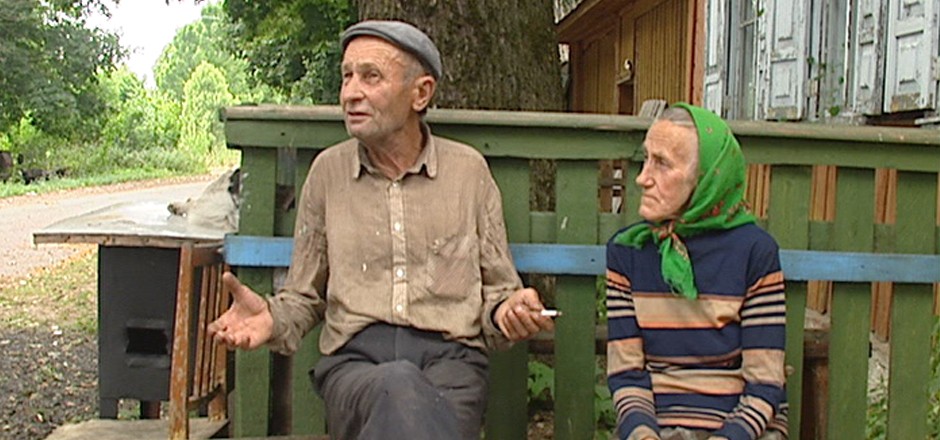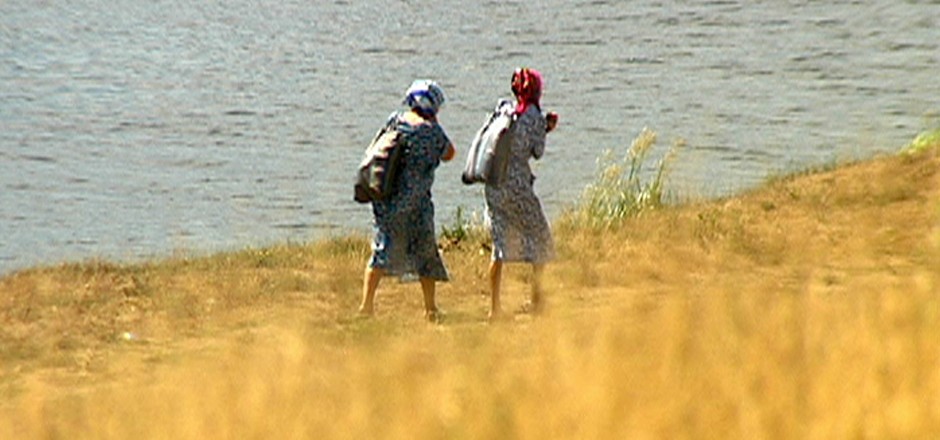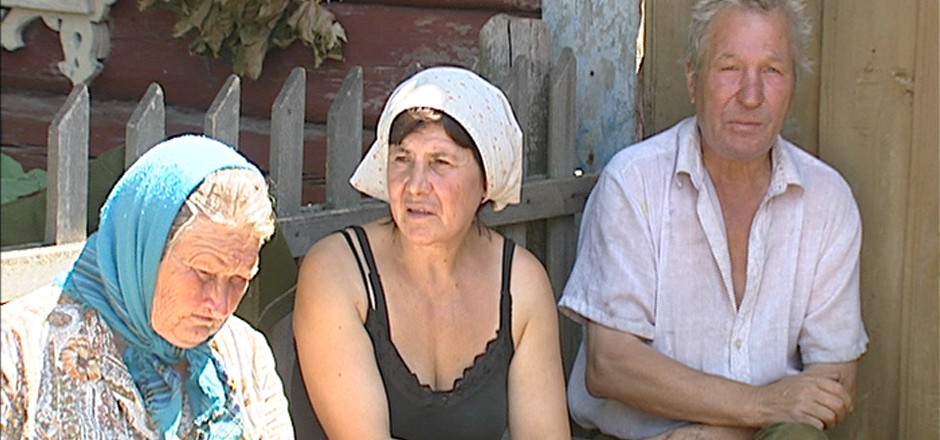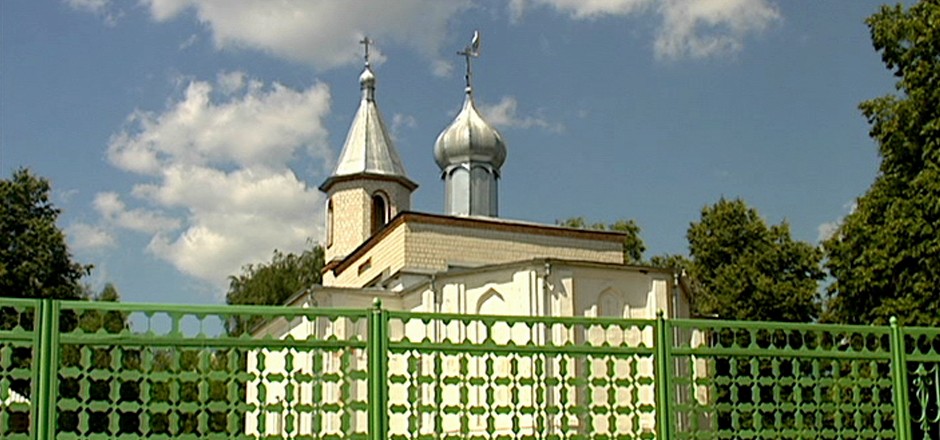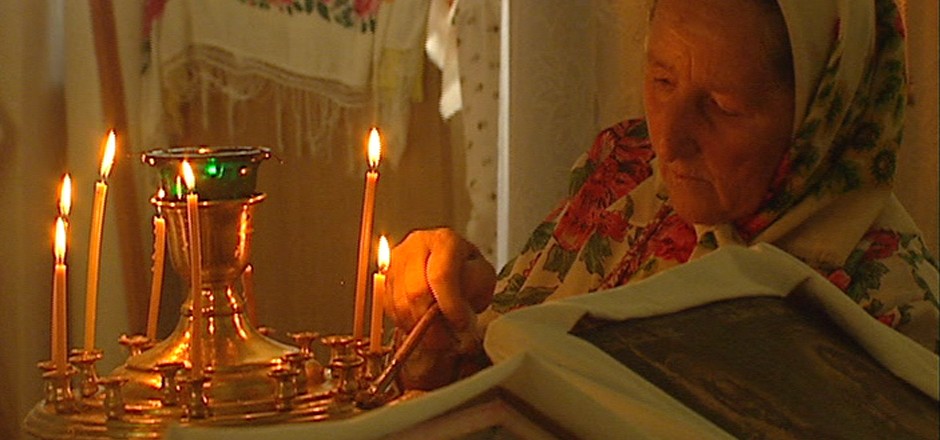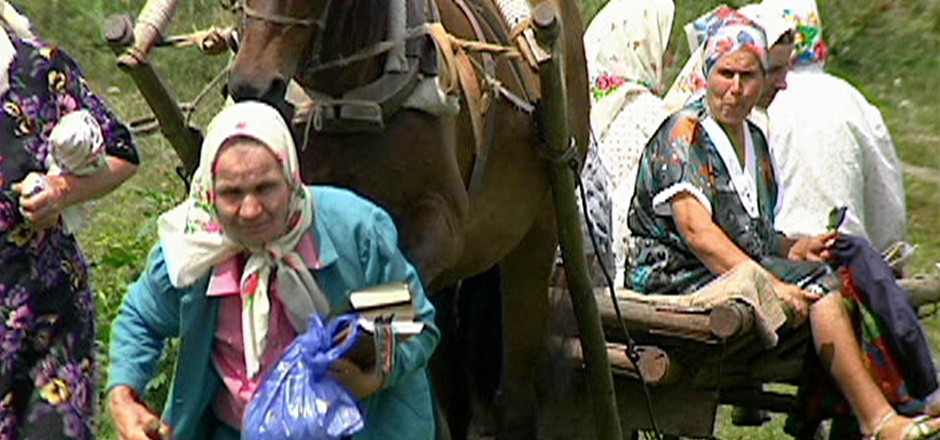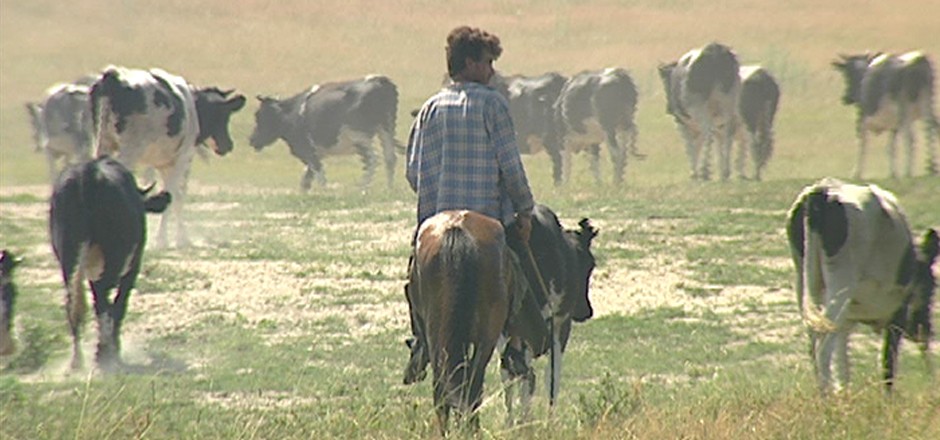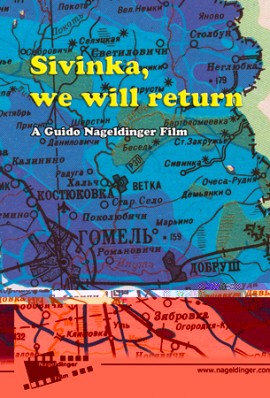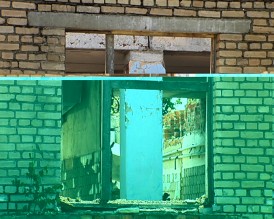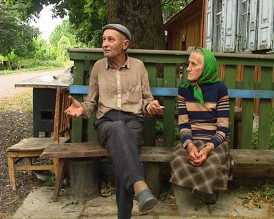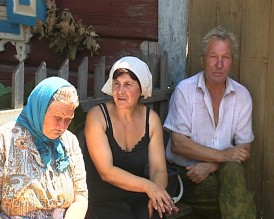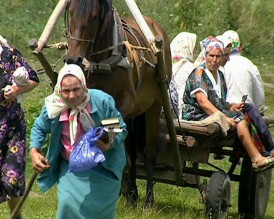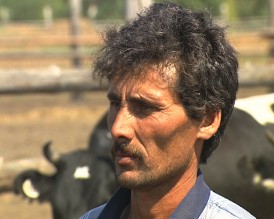Today, the Gomel-Vetka region is still highly radioactively contaminated. Some villages are abandoned. However, other villages maintain a proper social live and conduct agriculture. Even though Russian officials knew the level of contamination, since they conducted measurements after the rainfall took place, measures of evacuation had been introduced only 5 years after the Chernobyl accident.
The film starts with the school in Sivinka. „Sivinka, we will return“, which is also the official title of this film, had been painted by the school children on the wall at the time, evacuation took place. This school in Sivinka had been evacuated only 5 years after the Chernobyl accident. Today, the school nearly disappeared since the building material is recycled for new projects. People in the surrounding area don’t have sufficient funds in order to pay for new construction material.
The film continues with the introduction of an older couple, which lives together with few left over neighbors in a village called Bartholomejevka. They don’t understand why their other neighbors left their community. Beside a dose rate, which is 10-20 times higher than the ordinary dose rate, the couple manages their own little garden with potatoes, beetroot and cabbage.
Sheika, a village nearby also shows a high dose rate. Even though the sign “Sheika” still exists, Belarus officials insist that this village doesn’t exist on the map. Here, people live without electricity, telephone and water.
Some villages manage to live with the radioactive contamination level present and the normal social live continues. The film shows the fest „Desyatukha“ in a newly created Russian Orthodox Church in Stolbun as well as the fest „Kupalya“ in the village of Svetilovichi.
The film utilizes an observational style without voice-over and illustrates with a variety of conversations and examples the live of the population in the radioactively contaminated surrounding area of Vetka.
Documentary film
Below you find the links to the 5 episodes of the documentary film. Here you find also additional explanation.
Chernobyl Documentary, part1
Chernobyl Documentary, Episode 01
Sivinka is the first location within the highly radioactive contaminated Gomel-Vetka region. Today no one lives here. The dose rate exceeds 5 μSv/ hour. However, the
Chernobyl Documentary, part2
Chernobyl Documentary, Episode 02
The film continues with another village, called Bartholomejevka. Not many people live here anymore. The dose rate is at around 2 μSv/ hour. An older couple
Chernobyl Documentary, part3
Chernobyl Documentary, Episode 03
Sheika, a village nearby Bartholomejevka, shows a high dose rate
Chernobyl Documentary, part4
Chernobyl Documentary, Episode 04
In the close surrounding area of the village in S
Chernobyl Documentary, part5
Chernobyl Documentary, Episode 05
Svetilovichi is a village, which had been several times decontaminated. However, some of the surrounding areas still show high contamination levels. The village Svetalovichi maintains their


